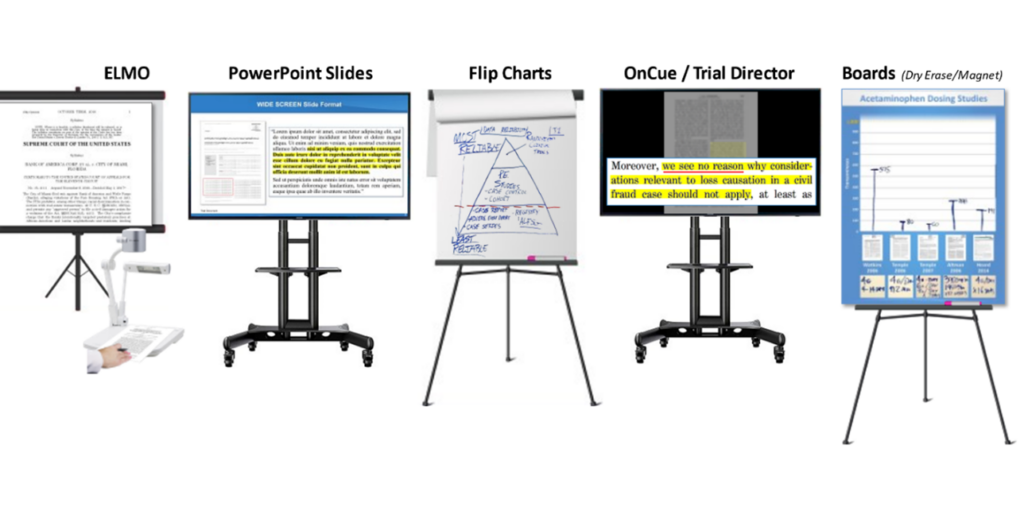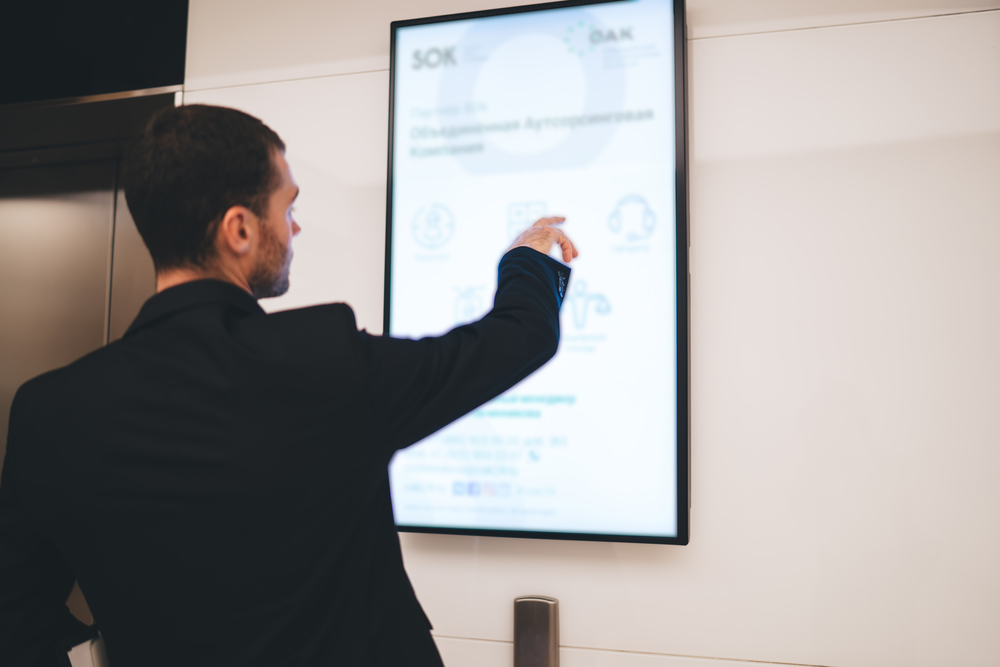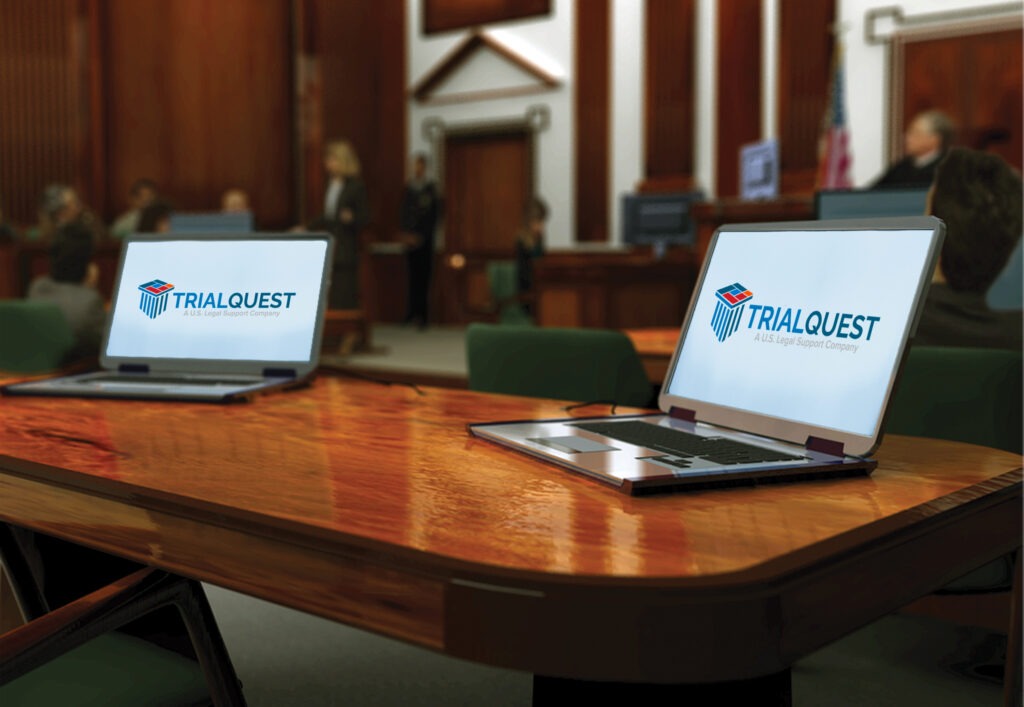Refine your litigation strategy with expert-designed trial presentations for maximum persuasion.
Refine your litigation strategy with expert-designed trial presentations for maximum persuasion.
Blog Article
Just How Test Presentations Enhance Your Disagreement and Encourage Jurors
Test presentations serve as an essential device for enhancing legal disagreements and convincing jurors. The critical use of visuals not only clarifies intricate details but also records jurors' attention much more successfully than words alone.

Significance of Aesthetic Aids
Visual help play an important duty in enhancing the performance of trial discussions, as they can substantially enhance target market involvement and retention of details. In the context of a test, where jurors are charged with handling facility information, visual help serve to simplify and clarify essential factors. Graphes, graphs, and images can communicate information and concepts that might otherwise bewilder or puzzle jurors, permitting an extra straightforward understanding of the evidence provided.
Furthermore, aesthetic aids assist in keeping juror interest throughout the process. By breaking the dullness of spoken testimony, these tools can stress important arguments, making them much more memorable. Reliable aesthetic aids can likewise evoke emotional reactions, which can be essential in encouraging jurors to align with the presenter's story.

Crafting Compelling Stories
A compelling narrative is vital in trial discussions, as it offers as the foundation of effective persuasion. It allows lawyers to weave together facts, evidence, and emotional aspects right into a systematic tale that resonates with jurors. This narrative framework makes it possible for jurors to understand the complexities of the case while leading them with the attorney's debate.
To craft a compelling narrative, lawyers should focus on quality and comprehensibility. This involves establishing a clear protagonist-- commonly the customer-- and describing their journey through the occasions concerned. Providing the realities in a sensible sequence enhances understanding and preserves interaction. Furthermore, making use of brilliant summaries can develop psychological images that assist jurors envision the occasions, making the narrative much more unforgettable.
Furthermore, incorporating crucial themes throughout the discussion enhances the core message and aids in retention - trial presentations. The story needs to not only communicate info but likewise stimulate a feeling of justice, highlighting the stakes included. Ultimately, a well-constructed narrative promotes a link in between the jurors and the case, placing the lawyer's disagreement as both qualified and engaging, consequently enhancing the possibility of a beneficial judgment

Engaging the Court Psychologically
Reliable jury involvement hinges on the lawyer's capacity to link with jurors on an emotional level. This link can dramatically influence jurors' perceptions and their utmost decision-making.
Aesthetic aids, such as photos or video clips, can additionally boost emotional interaction, giving jurors with vibrant representations of the case's human components. Crafting a narrative that highlights the battles and triumphs of the people involved makes sure that jurors see past the look at these guys legal debates and identify the human repercussions of their decisions.
Furthermore, tone and body language play an essential duty in conveying emotion. An attorney's enthusiastic delivery can reverberate with jurors, enhancing their emotional investment in the event. It's vital to balance sob stories with valid proof, ensuring that jurors feel urged to act while staying based in the truth. Ultimately, an emotionally engaged court is most likely to be convinced, making psychological connection a vital element of efficient test presentations.
Structuring Your Discussion

The body of the discussion must be realistically fractional right into key factors, each supported by compelling evidence. It is useful to use narration strategies to weave facts sites into a story that jurors can conveniently comply with. Visual aids, such as charts and video clips, can enhance comprehension and involvement, helping to highlight vital pieces of proof.
Real-World Instance Research Studies
Analyzing real-world study provides important understandings into the art of trial presentations and persuasion. For example, the spots instance of "O.J. Simpson v. Individuals of The golden state" illustrates exactly how visual help and engaging narratives can guide court perceptions. The protection group properly utilized a method that integrated prominent specialist testimonies with multimedia presentations, which captivated jurors and eventually affected their decision.
One more noteworthy example is the "McDonald's Coffee Instance," where the plaintiff's attorneys made use of visuals images of the injuries endured by Stella Liebeck. reference trial presentations. This raw visual evidence played an important function in communicating the severity of her burns, causing a substantial jury award. Such instances demonstrate that impactful trial presentations commonly rest on the reliable assimilation of visuals and storytelling to evoke psychological reactions from jurors
Moreover, the "Casey Anthony Test" highlighted the significance of narrative comprehensibility and reliability. The prosecution's failing to establish a compelling timeline reduced their convincing power, highlighting the need of a well-structured presentation. Analyzing these cases exposes that effective test presentations need strategic planning, emotional involvement, and the capability to reverberate with jurors' worths and beliefs.
Conclusion
Trial presentations significantly improve disagreements and persuade jurors via the critical use of aesthetic help, compelling stories, and emotional engagement. A well-structured discussion balances emotional charms with valid evidence, ultimately resonating with jurors' worths.
Report this page